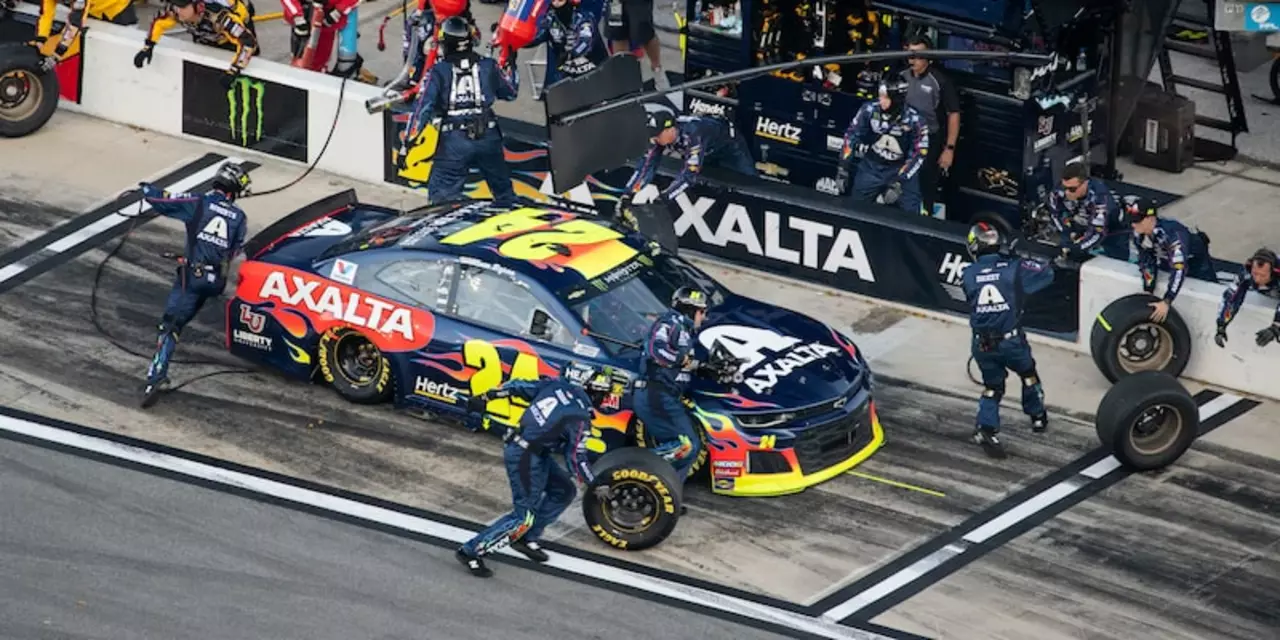Difficulty: Real‑World Challenges in Motorsport, Health & Entertainment
If you’re hunting for stories about tough situations, you’ve landed in the right spot. This page pulls together everything we’ve tagged with “difficulty”, from the pressure of a Le Mans finish to the mystery of morning foot numbness. Each piece gives a clear look at what makes life a bit harder – and often, how people push through.
Racing and Skill Challenges
Motorsport fans will recognise the name Ken Miles. In 1966 he slowed his Ford at Le Mans to help the team snap a photo‑finish, and that split‑second decision landed him in second place. The story shows how teamwork can turn personal ambition into a collective goal – and why split‑second choices matter.
Another classic dilemma is how often pro drivers hit the track. Most race‑car pilots train six days a week, spending four to six hours each day behind the wheel plus extra time on fitness and mental prep. The grind isn’t just about speed; it’s about staying sharp enough to handle the physical strain of G‑forces and the mental load of split‑second decisions.
IndyCar adds a layer of technical complexity. The cars are engineering marvels, and drivers rely on precise feedback from engineers to tweak setups. That back‑and‑forth is a constant puzzle – one that can decide whether a driver climbs the podium or watches from the sidelines.
Fans also wonder why MotoGP riders are mostly Spanish or Italian. The answer is simple: those countries built strong riding schools, host national championships, and celebrate bike culture. Young talent gets early exposure, sponsorship, and a clear path to the world stage, making the road to MotoGP feel smoother for them.
Meanwhile, Formula 1’s low presence in the U.S. isn’t a mystery. High hosting costs, stiff competition from NASCAR, and a perception that F1 is a European elite sport keep it limited. Still, growing interest might shift that balance in the next decade.
Health, Celebrity & Everyday Difficulties
Switching gears, the tag also covers personal health challenges. Waking up with numb feet can signal circulation problems, nerve issues, or simply a bad sleeping position. If it’s persistent, a doctor should check for diabetes, peripheral neuropathy or other conditions that need attention.
Celebrity life isn’t free of difficulty either. Katrina Kaif and Vicky Kaushal recently announced their first pregnancy, sparking massive online celebration. While it looks like a fairytale, the couple now juggles upcoming film projects with the realities of preparing for a new baby.
On a darker note, Debby Ryan’s tribute to the late Jeff Baena highlighted the heavy weight of grief after a suicide loss. Her raw post opened a conversation about mental health, mentorship, and the unseen struggles many face in creative circles.
Even seemingly unrelated topics, like mysterious deaths, make the list. From hikers lost in the Ural Mountains to inexplicable home fatalities, these stories remind us that some difficulties remain unsolved, urging curiosity and caution.
All these pieces share a common thread: difficulty forces people to adapt, learn, and sometimes, to accept limits. Whether it’s a driver tweaking a lap time, a fan coping with health alerts, or a celebrity navigating public life, the challenges shape the narrative.
Use this collection as a quick reference for how difficulty pops up in everyday life, sport, and pop culture. Each article gives practical insight – from training tips for racers to warning signs for health issues – that you can apply right now.
